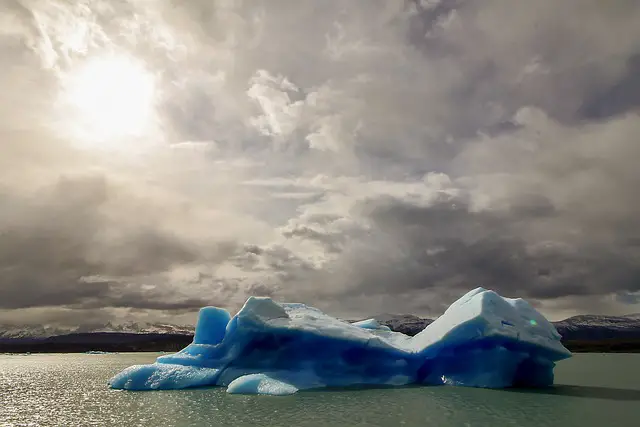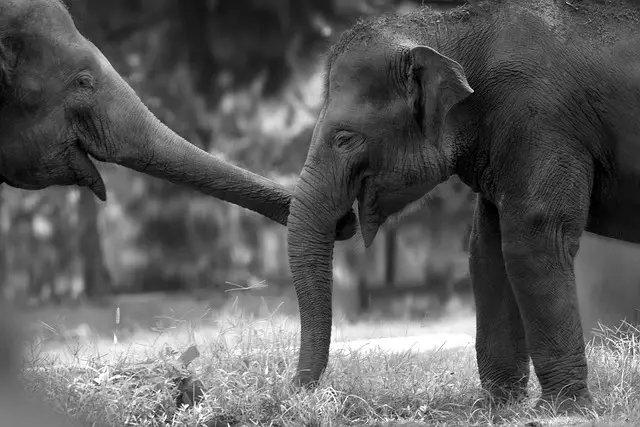The Allure of Antarctica
Antarctica, the world’s southernmost and coldest continent, has been attracting travellers from all over the globe. Covered with thick ice sheets for most of the year, Antarctica has more than a blanket of white to offer. Its pristine beauty, unique wildlife, and the call of the unknown make it a thrilling destination for the most adventurous of souls. Still, the question remains – how does one plan a trip to this isolated continent?
Why Antarctica?
Why choose Antarctica over a tropical paradise or an exploration of ancient civilizations? The answer lies in its stunning isolation. As the least visited continent, it offers an untouched wilderness that does not exist elsewhere. The dramatic landscapes, towering icebergs, sparkling seas, and the unique wildlife like penguins, seals, and whales provide a breathtaking experience that cannot be found anywhere else.
Planning Your Journey to the Last Frontier
Antarctica’s harsh conditions suggest that correct planning is vital. So, let’s answer the most pressing question – how does one get to Antarctica?
How to Reach Antarctica?
The most common route to reach Antarctica is by cruise ships from Ushuaia, Argentina. These cruises navigate through the Drake Passage and offer various options ranging from a week to nearly a month. Alternatively, you can also fly from Punta Arenas, Chile to the Antarctic Peninsula. Remember, there are no commercial flights operating to Antarctica, so your options are limited and require advance planning.
Best Time to Visit Antarctica
Choosing when to travel to Antarctica is crucial. The continent is only accessible to tourists from November to March, with each month offering a unique experience.
The Early Season: November to Early December
The early season offers the most pristine conditions with gigantic icebergs and snow-covered mountains. Wildlife enthusiasts will find it the best time to witness elephant seals and penguins courting and mating.
The Peak Season: Late December to January
The peak season offers the most sunlight, often up to 20 hours a day, providing ample opportunity to explore. Hatchlings begin to peek out, and you can see penguin chicks and seal pups during this time.
The Late Season: February to March
The late season is ideal for whale watching. As the ice melts, it allows ships to venture further, which provides a unique chance to explore unknown territories.
Packing and Safety Precautions
Packing for Antarctica is all about layers. Insulated, waterproof, and windproof clothing are must-haves. Gumboots, thermal socks, sunglasses, sunscreen, and hats are some essentials that will keep you safe and comfortable.
Preserving Antarctica
When in Antarctica, it is imperative to respect its fragile ecosystem. The Antarctic Treaty prohibits any harm to wildlife and mandates all waste to be carried back.
Bracing for an Adventurous Expedition
In conclusion, Antarctica travel is not an ordinary journey; it is an expedition that requires meticulous preparation. Despite the challenging conditions, the pure wonder and exhilaration of exploration make it an adventure worth undertaking. With a spirit of adventure, and with due respect to its unique ecosystem, a journey to Antarctica can truly be a trip of a lifetime.




